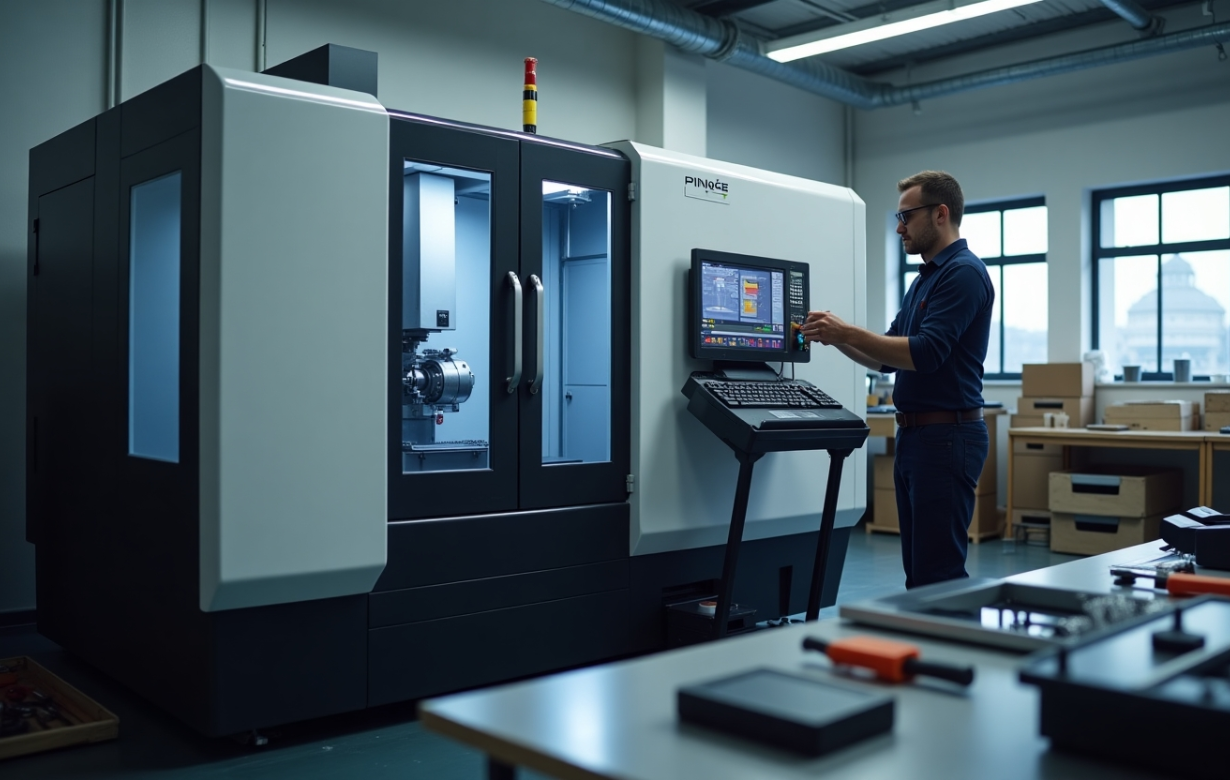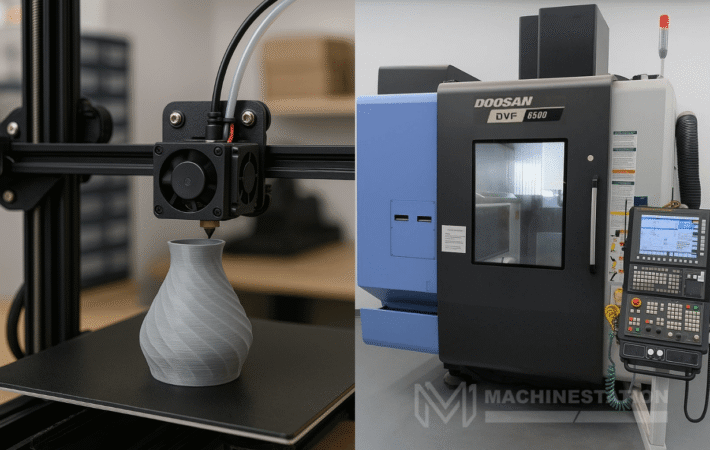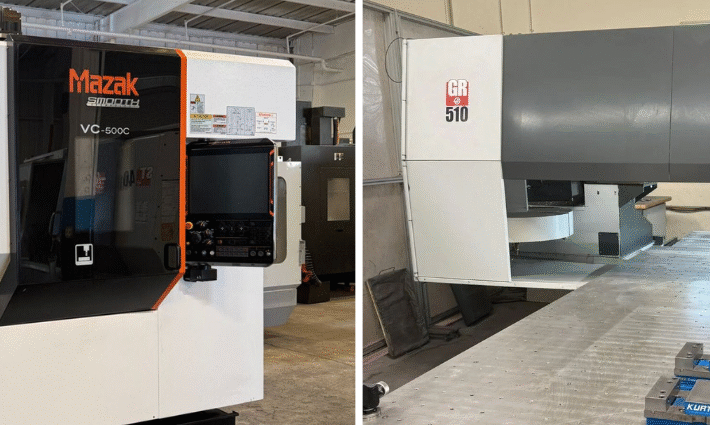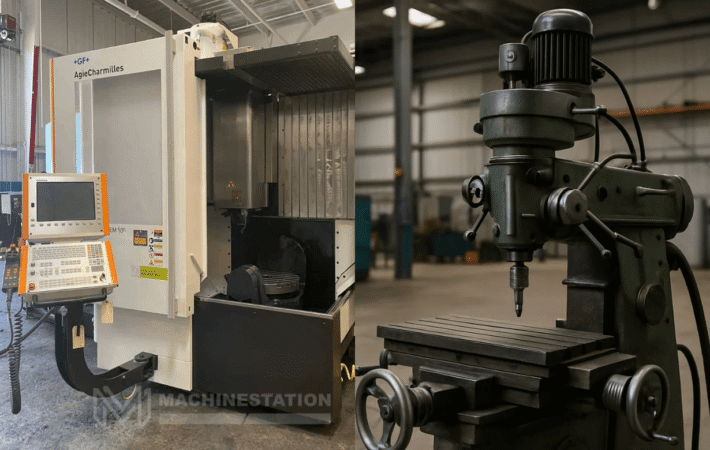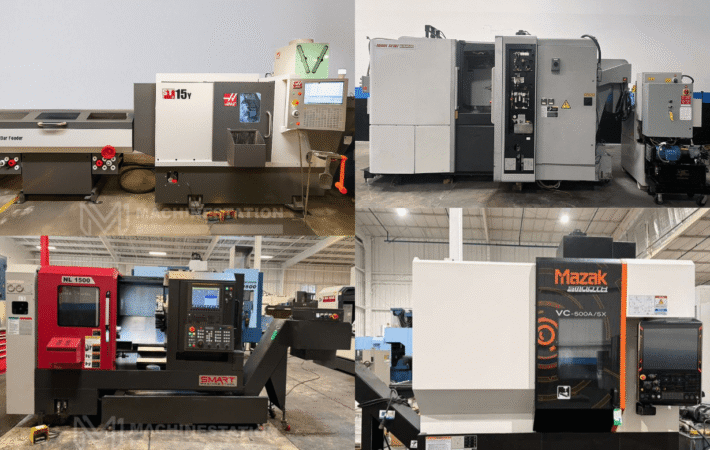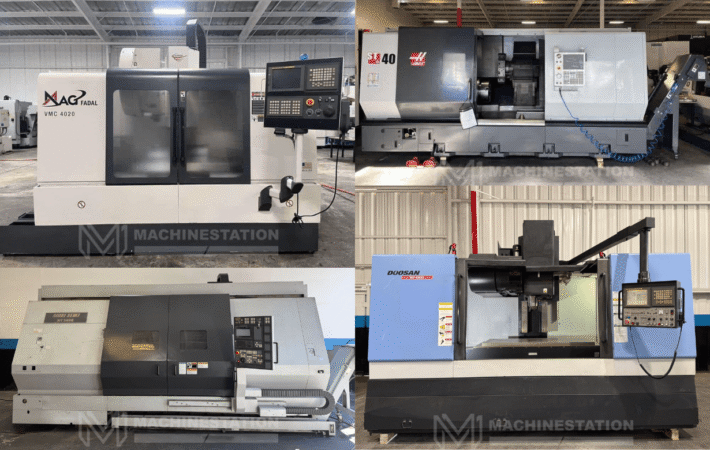CNC machines are a beneficial and game changing machine when you are in the manufacturing business. You can also buy them easily in whichever way you want, like new ones or even used ones from online or offline marketplaces. But the problem comes during the preparation of the machine for a new job. It is a bit difficult to prepare a CNC machine and then make it work in the right way. The machining process is easy once everything gets streamlined and prepared in the right way. So, it is very important to learn and execute the preparation process for a CNC machine to start working. If you want to know that in detail, then let’s read till the end to understand it in detail.
Steps to prepare a CNC machine for new work
Now, preparing a CNC machine might be a tough job, but not like rocket science, and can be understood easily if you learn it from our blog. So, let’s dive deep into knowing how to prepare your CNC machine for new work –
- Machine inspection and preparation – The whole process starts with the right inspection of the machine to ensure that it is in the right condition to handle the heavy machining process. Here are the steps to ensure that the machine is in its optimal condition to do the new machining works
- Clean the machine – If you have just bought the machine and it is your first machining work, then we would definitely suggest that you clean the machine before machining work. That reduces the risk of contamination and also helps in the smooth operation of the machine.
- Check for wear and tear – Make sure to do a final inspection before the machining starts, check whether there is any wear and tear on the machine, especially on the electrical connections, hydraulic systems, or cooler connections, because they are the most important ones.
- Power supply – Finally, check the power supply to the machine. Make sure the wiring system is in the best condition and there is no risk of a short circuit or anything. Also, you can check the manufacturer’s manual for how much electricity the machine consumes during machining and prepare accordingly.
- Planning and laying the groundwork – In the next step, you should make all the right plans for the CNC machine, which includes different things like –
- Reviewing the CAD/CAM program – At the start, you should review the CAD/CAM program generated for the specific workpiece and understand how the machine will operate as per those programs.
- Gather necessary materials – In the next step, you should gather the necessary products for the machining process. Make sure that the raw materials are of the correct size, shape, and quality. Inspect if there is any defect in the material.
- Select the right tooling – Gather the necessary cutting tools for the machining process as per the CAM program. It can be any tool that includes drills, taps, end mills, reamers, or any other specialized tool that is required.
- Workholding setup – Then we need to work on the workholding setup of the CNC machine. Properly securing the workpiece is paramount for CNC machining, and here are the steps to ensure that.
- Mount the workholding device – At first, carefully mount the selected workholding device onto the machine table. Also, make sure that the device is fastened in the right way and in alignment with the different axes of the CNC machine.
- Clean the workholding device – In the next step, make sure that the workholding device is properly cleaned and there is no debris from previous machining stored in the device. This cleaning will also ensure proper contact with the workpiece.
- Position and secure the workpiece – In the last step of this stage, make sure to place the workpiece carefully in the machine following the CAD/CAM program. Safely clamp the workpiece to make sure it doesn’t move during the whole machining process.
- Tool selection and installation – The next step includes selecting the right tool for the machining work and installing it in the right way to get the whole work done smoothly. Here are the steps to do so –
- Load tools into the spindle – Firstly, you will have to carefully load the cutting tool into the spindle, and make sure that the tool holders are properly seated. Tighten the hold of the tool to make sure it doesn’t slip out during the machining work.
- Verify tool condition – The Right condition and setting of the tool is paramount for machining the right product with the help of a CNC machine. So, make sure to double check that the loaded tools match the specifications in the CAM program and are also in good condition.
- Tool length offset management – In the last step, which is also a crucial step, you need to measure the length offset of each tool relative to a reference point on the machine. This whole thing can be done using a manual tool setter or an automatic tool setter.
- Loading the CNC program and verification – Then, the next step is to load the CNC program and also verify the whole machining program. Here are ways to do so –
- Load the CNC program – The first step in this process is to load the CNC program and then transfer the CAM generated CNC program to the machine’s control system. This process can be carried out with the help of a USB drive, network connection, or direct input.
- Review program header and comments – In the next step, one should examine the program header for different important information like the tool list, work offset used, and any other special instructions. Also, read the comments in the program to understand the machine sequence and specific parameters.
- Verify the program integrity – Also, before getting done with the whole programming stage, make sure that the program is complete and also free from any kind of errors.
- Final checks and dry runs – Before you go ahead with the machining activity, here are some of the final checks you will have to do and steps you will have to take –
- Verify the clamping security – Make sure that the clamping is done in the right way, and it is also highly tightened. Otherwise, if the workpiece moves during the operation, then everything will go to waste.
- Monitor the coolant flow – Before starting the machining, make sure that the coolant flow is at the right speed to the cutting tool and the workpiece, which helps in providing adequate lubrication and chip evacuation.
- Conduct a dry run – Just run the program once without materials to make sure there is no collision or other sign of problems.
Conclusion
In conclusion, preparing a CNC machine is not that tough of a job, but it needs all your attention to detail. Every small thing while preparing the CNC for the machining, one small mistake can disrupt the whole work.

